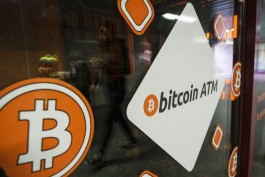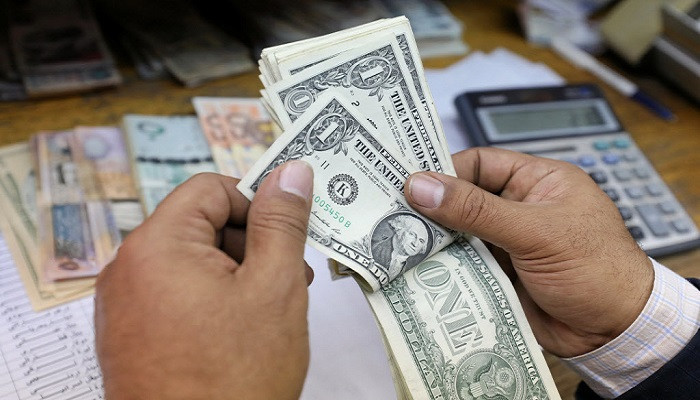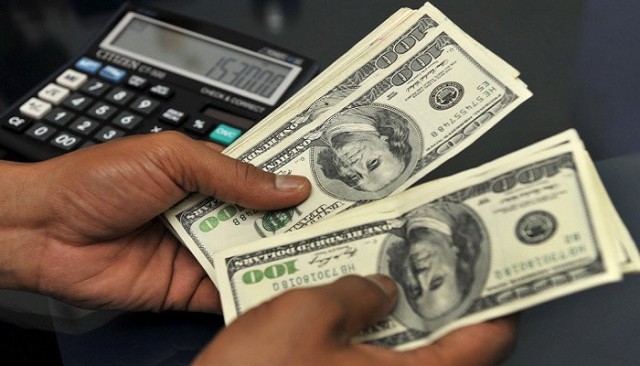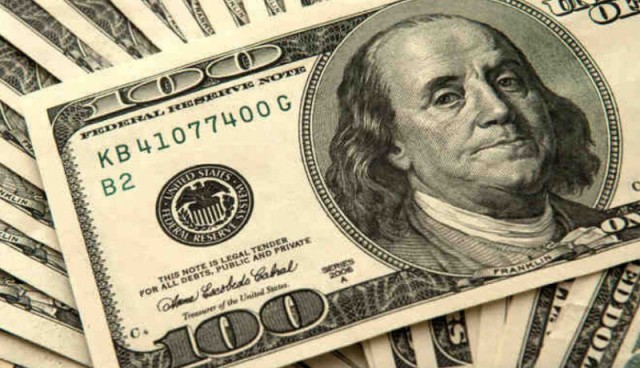The markets eagerly awaited the release of consumer price data from the US economy, given its role in guiding the Federal Reserve's interest rate hike policies. The data was released on Thursday, indicating that the overall consumer price index in the United States fell from 7.1% to 6.5% y/y, in line with consensus.
As for core inflation, it fell from 6% to 5.7% in December. Details indicate that motor fuel decreased by 0.6% on a monthly basis, while food prices continued to rise for the twentieth consecutive month, by 0.3%.
By taking a closer look at the core inflation rate, the research unit at the National Bank of Kuwait noted that the used cars and trucks price index declined by 2.4% on a monthly basis, as the index is one of the main drivers of the decline in core inflation data.
Fed officials have indicated the need to raise interest rates above 5% and keep them on hold for longer than markets expect. Mary Daly, the Fed's official, expects interest rates to rise above 5%.
On the other hand, Federal Reserve official Rafael Bostick confirmed the Fed's commitment to curbing inflation, indicating his expectations for the interest rate to remain above 5% for a long time.
Markets turned to Federal Reserve spokesmen Jerome Powell and Michael Bowman for guidance on the economy and interest rate paths. While Powell offered little guidance on his view of monetary policy, he emphasized the importance of the Fed's independence from politics and climate change, noting that tackling inflation may require unpopular measures in the short term.
US stocks rose after Powell's remarks. On the other hand, Michelle Bowman, a member of the Federal Reserve Board of Governors, indicated that more rate hikes are expected in the coming period. Bowman added that once we achieve a sufficiently restrictive federal funds rate, we will need to stay at that level for some time.
After the release of the CPI data, the markets priced in two rate hikes of 25 basis points each in February and March, which would push the Fed rate up to 5.00%. Markets also priced in their first interest rate cut of 0.25% as early as November 2023. The upcoming Fed meeting in two weeks should shed more light on the path of interest rates from the central bank in light of recent inflation data and a tight labor market. .
In terms of foreign exchange markets, volatility and volatile performance were among the most prominent features after the release of the US CPI data. Initially, the dollar witnessed heavy selling and the dollar index reached a low of 102.078 before bouncing back towards the 103 level. On Friday, the markets took a firmer trend towards selling the greenback due to the narrow expected interest rate spreads.
Stock markets rebounded on the back of lower inflation data and expectations of lower interest rates in the US. The Dow Jones Industrial Average added more than 1,000 points to its value in one week.
The World Bank had warned of the risks of a global economic recession in 2023. After initial forecasts were issued in June 2022 indicating global economic growth in 2023 by 3.0%, the World Bank retracted and changed its forecasts, as it now expects global GDP to grow by 1.7%. in 2023, which is the slowest growth rate since 1993, with the exception of the two recessions in 2009 and 2020.
The bank said major slowdowns in advanced economies, including a sharp cut to 0.5% of its outlook for the United States and European economies, may herald a new global recession. The World Bank added that the bleak outlook will be more difficult for emerging markets and developing economies, as they contend with slowing business investment, weak currencies and heavy debt burdens.












































